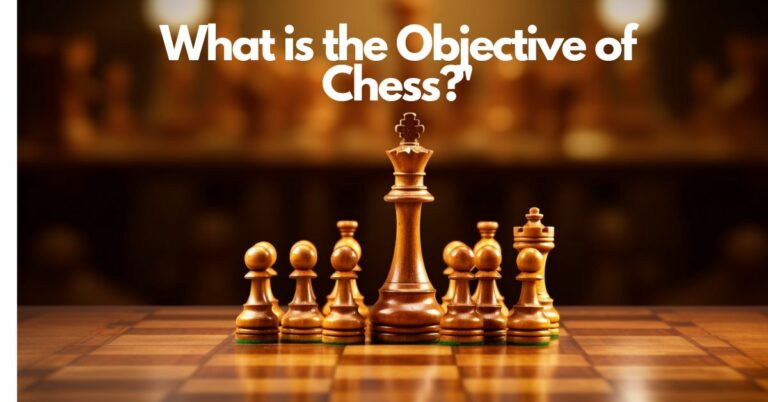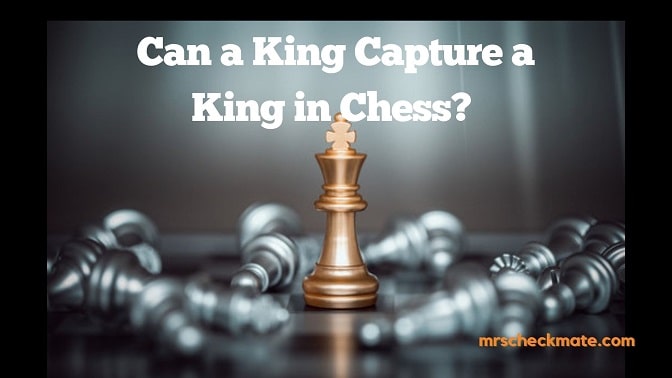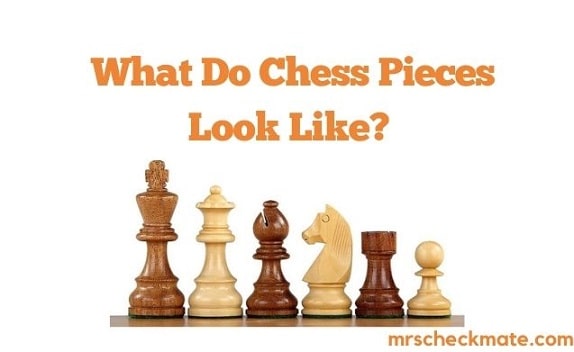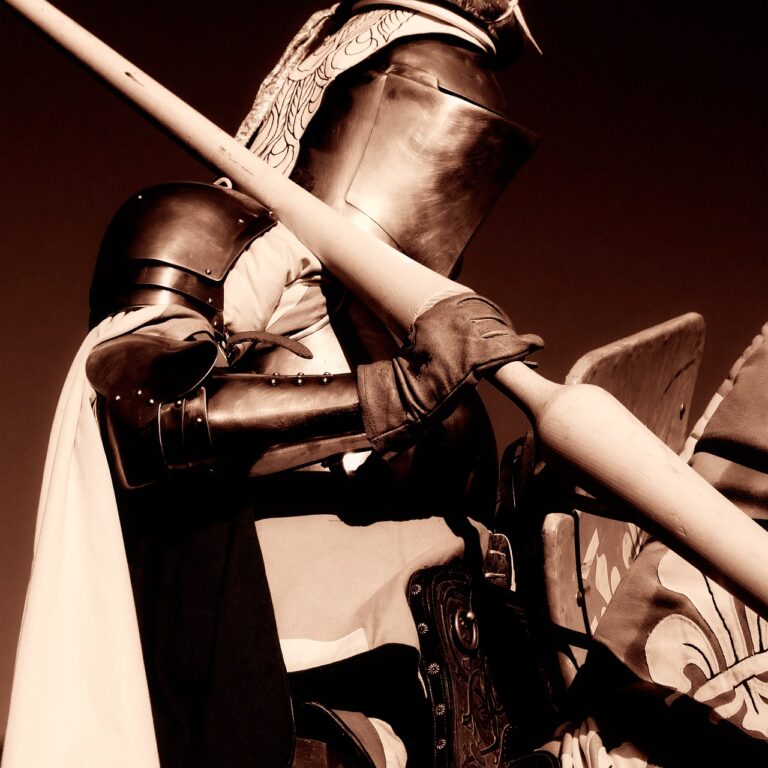Castling in Chess: The King’s Strategic Dance!
In the intricate world of chess, where every move is a dance of strategy and foresight, castling stands out as a unique maneuver. Unlike any other move in the game, castling involves two pieces simultaneously: the king and a rook. This special move not only serves as a protective measure for the king but also connects the rooks, setting the stage for more cohesive gameplay.
But what exactly is castling? At its core, castling is a move designed to enhance the safety of the king. Early in the game, the center of the board can become a battleground of threats. Castling allows the king to move to a less central and often safer square. Simultaneously, it brings one of the rooks to a more central and active position. For those just starting out, understanding this move is crucial. Dive into chess tips for beginners to grasp the foundational concepts of the game.

The Rules of Castling
Castling might seem straightforward, but it comes with its set of conditions:
- Neither the king nor the chosen rook must have moved previously in the game.
- There should be no pieces between the king and the rook.
- The king cannot be in check, nor can the squares it moves across or be under attack.
| Castling Side | King’s Initial Position | Rook’s Initial Position | King’s Final Position | Rook’s Final Position |
|---|---|---|---|---|
| Kingside | e1 (for white) | h1 (for white) | g1 (for white) | f1 (for white) |
| Queenside | e1 (for white) | a1 (for white) | c1 (for white) | d1 (for white) |
While chess castling is a pivotal move that focuses on king safety and rook activation, it’s not the only special maneuver in the game. Another intriguing rule, known as en passant, allows a pawn to capture its opponent in a unique and unexpected manner.
Just as castling can surprise an opponent by swiftly changing the king’s position, the en passant capture can catch an adversary off guard, showcasing the depth and strategic richness of chess. Familiarizing oneself with both these advanced techniques, from the protective essence of castling to the tactical surprise of en passant, is essential for a comprehensive understanding of the game.
Kingside vs. Queenside Castling
In chess, castling can occur on either side of the board:
- Kingside Castling (Short Castling): This is when the king moves two squares towards the kingside rook, and then the rook moves to the square the king skipped over. It’s a quicker way to safeguard the king, especially when the center is volatile.
- Queenside Castling (Long Castling): Here, the king moves two squares towards the queenside rook, and the rook jumps over the king to land next to him. This castling is less common as it takes longer to set up, but it can be a powerful strategic move.
Benefits:
- Safety: Castling helps in tucking the king behind a wall of pawns, especially in the early game when the center is a minefield of threats.
- Rook Activation: Castling connects the rooks, allowing them to support each other and control open files.
Considerations:
- Pawn Structure: Before castling, ensure your pawn structure is solid. Dive deeper into pawn strategy to understand the nuances of pawn play.
- Opponent’s Threats: Always be wary of your opponent’s potential threats. If they have a strong attack brewing on one side, it might be wise to castle on the opposite side.
For those keen on exploring the intricacies of chess maneuvers, advanced pawn tactics offer a deeper dive into strategic gameplay.
Historical Evolution of Castling
The game of chess, with its intricate rules and strategies, has evolved over the centuries. Among its many maneuvers, castling holds a special place due to its unique nature. But have you ever wondered about the origins of this move?
Origins:
The concept of castling can be traced back to the Persian game of shatranj, a precursor to modern chess. However, the move wasn’t as we know it today. The king, initially a weaker piece, was allowed a one-time jump to enhance its safety.
Evolution:
As shatranj transitioned to chess in Europe, the rules underwent changes. The king’s jump was modified to include the rook, giving birth to the castling move we recognize today. This change was likely introduced to speed up the game and enhance its strategic depth.
Significance:
The introduction of castling added a layer of complexity to chess. It allowed players to safeguard their king while simultaneously activating their rook. This dual-purpose move added strategic depth, making the opening phase of the game even more critical.
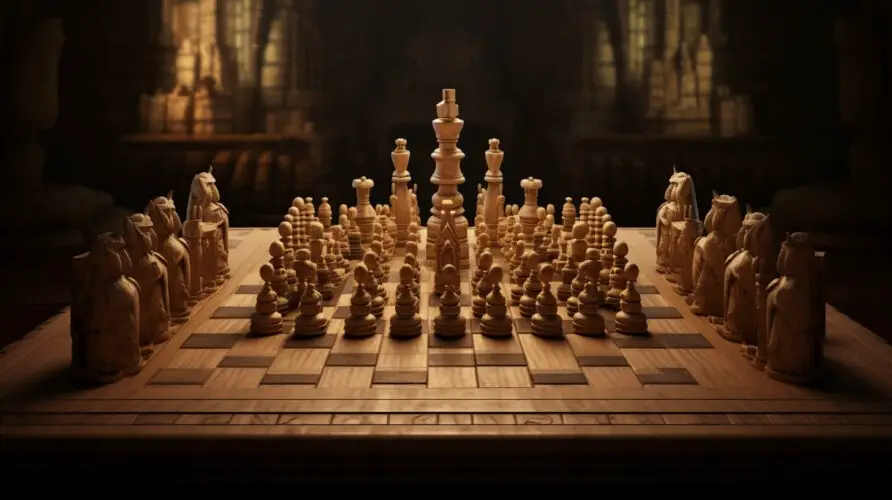
For a deeper dive into the evolution of chess and its rules, explore the basic chess rules and understand the nuances that shape this timeless game.
The Mechanics of Castling
Understanding the mechanics of castling is crucial for any budding chess enthusiast. Let’s break down the step-by-step process:
- Ensure Eligibility: Before castling, ensure that neither the king nor the chosen rook has moved previously in the game.
- Check for Obstructions: The squares between the king and the rook must be unoccupied.
- Safety First: The king cannot be in check, nor can the squares it moves across or to be under attack.
Diagram:
[Insert a diagram showing the initial position of the king and rook, the squares they move across, and their final positions after castling.]
Castling Scenarios:
- Kingside Castling: The king moves two squares toward the kingside rook, which then jumps over the king.
- Queenside Castling: The king moves two squares towards the queenside rook, with the rook moving to the square next to the king.
For visual learners, understanding how to set up a chess board can provide clarity on the positioning of pieces and the dynamics of castling.
Strategic Implications of Castling
Castling isn’t just a move to protect the king; it’s a strategic decision that can influence the course of the game.
Benefits:
- King Safety: Castling relocates the king to a safer position, especially vital in the game’s opening phase.
- Rook Activation: The move connects the rooks, allowing them to control open files and exert pressure on the opponent.
Considerations:
- Timing: Castling too early or too late can have repercussions. The move should be timed based on the game’s dynamics and potential threats.
- Positional Play: Castling determines the king’s safety and the rooks’ activity, influencing the middle and endgame strategies.
Dive deeper into chess positional play to understand the nuances of strategic gameplay.
Common Misconceptions about Castling
For many beginners, castling can be a source of confusion. Let’s debunk some common myths:
- Anytime Move: Castling isn’t an anytime move. Specific conditions must be met for a player to castle.
- Escape from Check: One cannot castle to escape a check. If the king is in check, castling is off the table.
- Rook’s Path: While the king cannot move through a square under attack, the rook can. The safety conditions apply only to the king.
For those new to the game, understanding these nuances is crucial. Explore chess tips for beginners for a comprehensive guide on starting your chess journey.
Castling in Different Chess Openings
Chess openings are the initial series of moves played in a chess game. The choice of opening can significantly influence the middle game and the end game. Castling plays a pivotal role in many of these openings.
King’s Pawn Opening:
- Moves: 1.e4 e5
- Castling Strategy: Often leads to quick kingside castling for both players. The king’s safety is prioritized, and the rook on the f-file becomes active, especially after the move f2-f4 or f7-f5.
Queen’s Gambit:
- Moves: 1.d4 d5 2.c4
- Castling Strategy: Players can opt for both kingside or queenside castling, depending on the variations chosen. The decision often hinges on pawn structures and piece activity.
King’s Indian Defense:
- Moves: 1.d4 Nf6 2.c4 g6
- Castling Strategy: Black aims for a quick kingside castling, followed by a central or queenside pawn storm. The rook on the f-file plays a crucial role after …f7-f5.
For a deeper understanding of how different openings influence the game, check out chess opening moves.
Castling in Famous Games
Throughout chess history, castling has played a decisive role in many famous games. Let’s delve into some iconic encounters:

Kasparov vs. Karpov, 1987:
- Scenario: In their World Championship match, Kasparov’s queenside castling in the Sicilian Defense caught Karpov off guard, leading to a dynamic game and a crucial win for Kasparov.
- Significance: The game underscored the importance of flexibility in castling decisions and the element of surprise.
Fischer vs. Spassky, 1972:
- Scenario: In the sixth game of their legendary match, Fischer’s decision to castle kingside in a position where queenside castling was standard left Spassky unprepared. Fischer went on to win the game, showcasing the strategic depth of castling.
- Significance: The game highlighted the psychological aspects of castling and its impact on the opponent’s mindset.
For those keen on exploring more such games, chess tips for beginners offers a treasure trove of insights.
Advanced Castling Strategies
While castling might seem straightforward, there are advanced strategies associated with this move that can elevate your gameplay:
- Delayed Castling: Holding off on castling to keep the opponent guessing. This strategy can be especially effective in longer time controls.
- Artificial Castling: Manually moving the king and rooks to replicate castling without actually performing the move. This can be a fallback when the standard castling conditions aren’t met.
- Castling as a Tactical Weapon: In some positions, castling can come with a threat, such as opening a file for a rook or aligning the rook with an opponent’s queen.
For those looking to delve deeper into strategic gameplay, advanced pawn tactics offers a comprehensive guide.
Castling in Chess Variants
Chess, with its rich history, has spawned numerous variants, each with its own unique rules. How does castling feature in these variants?
Three-check Chess:
- Rules: A player can win by checking the opponent’s king three times.
- Castling: Given the premium on the king’s safety, castling becomes even more crucial in this variant.
Crazyhouse:
- Rules: Captured pieces can be reintroduced on the board.
- Castling: With the potential for sudden attacks, castling early to ensure the king’s safety becomes a common strategy.
960 Chess (Fischer Random):
- Rules: The pieces on the back rank are randomized at the start.
- Castling: Castling rules remain the same, but the starting positions of the king and rooks can vary, leading to diverse castling scenarios.
For a detailed exploration of different chess variants and their rules, how to set up a chess board provides a comprehensive overview.
Conclusion: Mastering the Art of Castling
In the intricate world of chess, castling stands as a unique maneuver that encapsulates the game’s complexity and elegance. It’s more than a simple move; it’s a strategic decision that can shape the course of the game.
Understanding and mastering castling is not just about knowing the rules. It’s about recognizing when to castle, understanding its historical context, and using it as a strategic tool. Whether you’re a beginner looking for chess tips or an advanced player exploring advanced pawn tactics, the art of castling offers something for every chess enthusiast.
The decision to castle can be influenced by various factors, such as the size of the chessboard or the position of other chess pieces. It requires a deep understanding of basic chess rules and an appreciation for chessboard strategy.
As you continue to explore the world of chess, remember that castling is not just a move but a reflection of the game’s rich history and strategic depth. It’s a move that connects us to the game’s past and continues to be a vital part of modern chess strategy.
Whether you’re learning how to set up a chessboard or exploring the importance of the knight in chess, mastering the art of castling can elevate your game to new heights. It’s a journey worth embarking on, filled with insights, strategies, and the endless fascination that is the game of chess.

